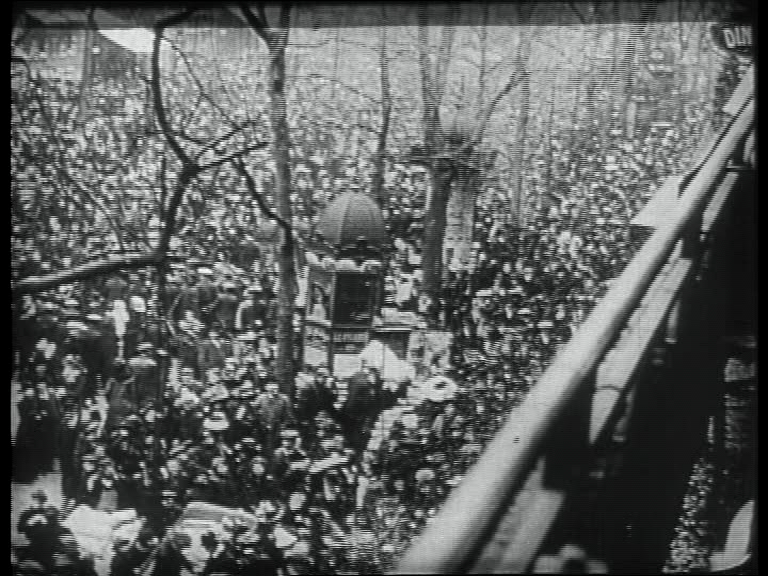On This Day: Maiden flight of Wellington bomber
The iconic bomber was the first of 11,461 Wellingtons that would serve during World War II

DECEMBER 23, 1937: Britain’s iconic Wellington bomber made its maiden flight on this day in 1937.
The Mk I was the first of 11,461 Wellingtons that would serve during World War II when they earned their reputation of being the RAF’s most resilient aircraft.
The twin-engined plane, which was the only British bomber to be made throughout the entire conflict, was considered a revolutionary design when first produced.
Its tough-yet-super-lightweight frame enabled it to carry 11,500lb up to 2,800 miles – massively exceeding capacity and range targets called for by the RAF at the time.
The Wellington, which was affectionately known as the 'Wimpey' by its crews, could also absorb an unparalleled amount of damage and still return from raids.
In all, Wellingtons - classed as a medium bomber by the end of the war - flew 47,409 sorties and dropped 41,823 tons of bombs during the conflict.
A British Pathé newsreel from 1943 shows one testing torpedoes in the Mediterranean against a dummy ship.
It was was built after the Air Ministry asked manufacturers in 1932 to design a bomber with a range of 700 miles and capacity of 1,000lb.
Vickers, which was based in Weybridge, Surrey, took four years to produce its first prototype of the Wellington, which was first flown on June 15, 1936.

It could travel 2,800 miles and carry a 4,500lb payload.
The Wellington prototype also astonished the RAF with its geodesic design – a basket-like weave of aluminium struts that made it both incredibly strong and light.
Within a year, Vickers had produced the Mk I, which made its maiden flight on December 23, 1937.
[On This Day: Italy sides with the Allies and declares war on Germany]
Its design had changed markedly from the prototype after a third powered gun turret was installed underneath the aircraft and it was fitted with a self-sealing fuel tank.
It also had a taller fuselage with payload capacity more than doubled to 11,500lb – although the RAF would never load more than 4,500lb of bombs.
The production model, which went into service, also had its range reduced to 1, 540 miles – enough to get to Germany and back – so that it would not have to carry so much combustible fuel.

As a result, it was extraordinarily durable.
Only 1,332 were ever lost in action – compared to 3,249 out of the 7,377 Lancaster Bombers that were produced.
It flew on many defining operations, including the RAF’s first raid of the war when German ships were attacked on September 4, 1939.
[On This Day: Chamberlain declares ‘peace for our time’]
However, by 1942, their use in the main European theatre had decreased due to the rise of four-engined ‘heavies’ such as the Lancaster.
Its last bombing mission over the Reich took place in October 1943. After that, Wellingtons continued their service in the Far East and Middle East.
Due to its pioneering design – in which the fuselage was wrapped in lacquered linen – it was relatively quick and easy to build .
Each bomber typically rolled off the production line in 60 hours.
However, one was assembled one in a world record time of 23 hours and 50 minutes after workers at Vickers’ Broughton factory in North Wales gave up their weekend to build one in 1943.

 Yahoo News
Yahoo News 

